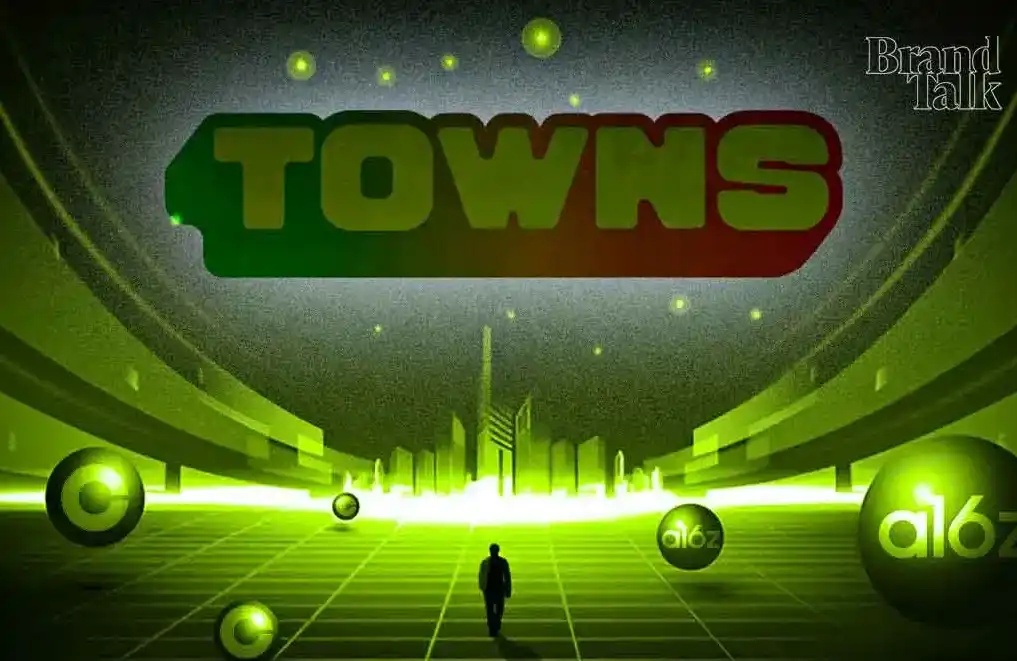September Rate Cut Expectations Surge, Can the Market Return to Bullish Sentiment? | Trader's Observations
At the July interest rate meeting, Powell's hawkish remarks poured cold water on rate cut expectations. On one hand, he affirmed the current robust performance of the labor market and once again emphasized the inflationary pressures that tariffs could bring, cautioning against a one-time price shock evolving into sustained inflation risks. On the other hand, despite facing ongoing political pressure from Trump, Powell showed no signs of backing down, sticking to a "data-driven" approach and emphasizing the maintenance of the Fed's independence. This stance quickly dampened the previously high rate cut expectations in the market.
However, the non-farm payroll data released on Friday caused a sharp downturn in market sentiment: only 73,000 jobs were added in July, hitting a 9-month low. More critically, the combined employment data for May and June was revised down by 258,000, leaving only 33,000 jobs, reaching the lowest level since the onset of the pandemic. Recession concerns suddenly escalated, and both the U.S. stock market and the crypto market experienced significant pullbacks simultaneously.
As a result, rate cut expectations for September surged rapidly. The CME FedWatch tool shows that the current probability of a rate cut in September has soared to 92.1%, compared to just 63.1% a week ago. Meanwhile, the White House has officially launched a "hunt" against the Fed: on the day the data was released, Trump fired the Labor Statistics Bureau director appointed by the Biden administration and accepted the resignation of Fed Governor Coghlan, indicating that the White House is determined for the September interest rate meeting.

Next, BlockBeats has compiled traders' views on the upcoming market situation to provide some directional guidance for your trading this week.
How Will the Market Perform Next
@CryptoHayes
@CryptoHayes recently sold off various tokens including ETH, ENA, PEPE, with a cash-out amount close to $13 million, openly expressing a bearish view on the market's future. He predicts that BTC may fall back to test the $100,000 level, while ETH could potentially drop to $3,000.
He pointed out that the U.S. tariff law may expire in the third quarter, implying that fiscal stimulus will weaken; coupled with the latest weak non-farm payroll data, market concerns about sluggish economic growth are intensifying. At the same time, major economies have not provided sufficient credit to support GDP, further fueling expectations of short-term pressure on risk assets.

@qinbafrank
The market will most likely first exhaust the "recession expectation" narrative, then smoothly transition to the "rate cut expectation" storyline. The logic behind this is not hard to grasp—since April, the U.S. stock market has hardly experienced a significant correction. Once there is some clearly negative data that exceeds expectations, it is easy to trigger a valuation pullback, with U.S. stocks slashing valuations, the crypto market reducing leverage, and emotions synchronously cooling down. However, from a medium- to long-term perspective, this kind of pullback is actually a positive.
At the macro policy level, the combination of "one core, two wings" is still supporting the market. "One core" refers to the comprehensive fiscal stimulus covered in the "Great Beauty Act," including tax cuts, expanding defense and immigration spending, reducing welfare expenditures, and adjusting the debt ceiling; while the "two wings" refer to the AI field's "AI Action Plan" and the cryptocurrency field's "Stablecoin Act" and "Digital Asset Market Institution Act." These policies not only signal future industry investments but also reinforce the U.S.'s fiscal and industrial expansion intentions.
Fundamentally, the U.S. economy has not yet entered a recessionary range, with corporate financial reports generally robust. Once interest rates decline, U.S. bond interest costs will also decrease, further releasing fiscal space. It is noteworthy that Biden's nominated Fed Governor, Kugler, has announced his resignation and will leave office on August 8, opening the door for Trump to prematurely appoint a new governor aligned with his stance, which may directly impact the rate-cut pace of the September meeting.
On August 4, following a short-term adjustment, U.S. stocks rebounded, with the S&P 500 rising by 1.47% and the Nasdaq index up by 1.95%, indicating that market sentiment is rapidly recovering from panic, with Trump also celebrating in a post-market tweet.

@Murphychen888
In a tweet on August 1, through an analysis of chip structure, we concluded that "once the key support at 117K is breached, filling the gap is a high-probability event." The current gap has been filled in the $112,000-$113,000 range, which also happens to be the midpoint of a dual chip stack (A, B range). Through testing, the validity of the double anchor structure has been confirmed once again.

As of today, a total of 135,000 BTC has changed hands in the $112,000-$113,000 range, with nearly half coming from the high-level trapped chips in Area A. Moving from high levels to lower levels will reduce the overall holding cost, helping the market re-establish price consensus. When the unsteady unrealized gain/loss chips from Area A/B have all changed hands here, this place will be the relative bottom.
Objectively speaking, based on the current chip distribution and operational logic, the following two situations may occur in the future:
1. A new accumulation zone will be formed in the $112,000-$113,000 range (the chip column is getting higher), and the trapped chips from Area A will gradually be absorbed (114,000 BTC). Then, after a period of consolidation, BTC will once again attempt an upward breakthrough.
2. A large number of chips from Area A/B loosen, and the market cannot sustain the downward trend to find support. It will then enter Area B, which is truly a strong support area during the BTC pullback process, with both width and height (195,000 BTC).
Coin Stock Narrative Sustainability
@fundstrat
Bitmine Chairman Tom Lee stated: "Wall Street generally believes that Ethereum will be one of the most important macro transactions in the next decade."
Currently, BMNR holds 833,133 ETH, with a market value of about $3 billion—not only the world's largest ETH treasury but also the world's third-largest cryptocurrency treasury. Lee emphasized that ETH remains one of the core macro trends for the next 10-15 years, as Wall Street drives blockchain financialization and AI-driven robotic asset tokenization, accelerating this trend even further.

He pointed out that with the SEC and the White House launching Project Crypto, the U.S. financial market is accelerating its move to the blockchain, and as the current largest smart contract public chain, Ethereum is undoubtedly the biggest beneficiary. The key reason Wall Street favors ETH is its zero downtime record and its adoption by traditional financial and tech giants like JPMorgan Chase, Robinhood, and others.
The Bitmine Digital Asset Team predicts that the fair value of ETH in the next 12 months could reach $10,000 to $20,000; and the significance of this stablecoin wave for Ethereum is comparable to that of ChatGPT for AI, driving Wall Street to accelerate its entry. In the long run, as Wall Street tokenizes Real World Assets (RWA) and migrates them to the blockchain, while also massively participating in ETH staking, the price of ETH is expected to surge to $60,000 or even higher, similar to NVIDIA's position in the AI wave, becoming the core infrastructure of decentralized finance.
@0xSunNFT
On July 29, the "Altcoin Microstrategy" collective sell-off triggered discussions among traders about its sustainability. Currently, most traders in the market remain optimistic about the "ETH Microstrategy," but are more cautious about other "Altcoin Microstrategies."

Trader @0xSunNFT pointed out that ETH has been the core engine of this round of rally since the end of June, driven by two main forces: institutional emulation of MicroStrategy, leveraging corporate balance sheets to buy ETH in large quantities; and the warming up of the stablecoin narrative, with ETH being the related core infrastructure and settlement layer.
Referring to the process where MicroStrategy drove the price of BTC up all the way, most altcoins ultimately failed to outperform Bitcoin. For the ETH Microstrategy, the funds from corporate balances and institutional investments are highly unlikely to overflow into other altcoins. Data shows that according to CMC statistics, in the past 30 days, among the top 200 tokens, only 20 have outperformed ETH, and many of them are individual cases such as Bonk, Zora, CFX, ENA driven by specific favorable events.
In terms of altcoin selection, the strategy still follows the previous short-selling logic: prioritizing targets with high market capitalization, non-leaders, weak trends, and low visibility, and adopting a strategy of diversified short-selling and strict stop-loss to prevent sudden surges in any single target.
Looking ahead to the second half of the year, if the market continues the bull market pattern, ETH is likely to continue to lead; if it transitions to a bear market, altcoins may find it difficult to survive on their own, while ETH still has institutional buying support to provide certain bottoming strength.
Welcome to join the official BlockBeats community:
Telegram Subscription Group: https://t.me/theblockbeats
Telegram Discussion Group: https://t.me/BlockBeats_App
Official Twitter Account: https://twitter.com/BlockBeatsAsia
 Forum
Forum Finance
Finance
 Specials
Specials
 On-chain Eco
On-chain Eco
 Entry
Entry
 Podcasts
Podcasts
 Activities
Activities
 OPRR
OPRR









